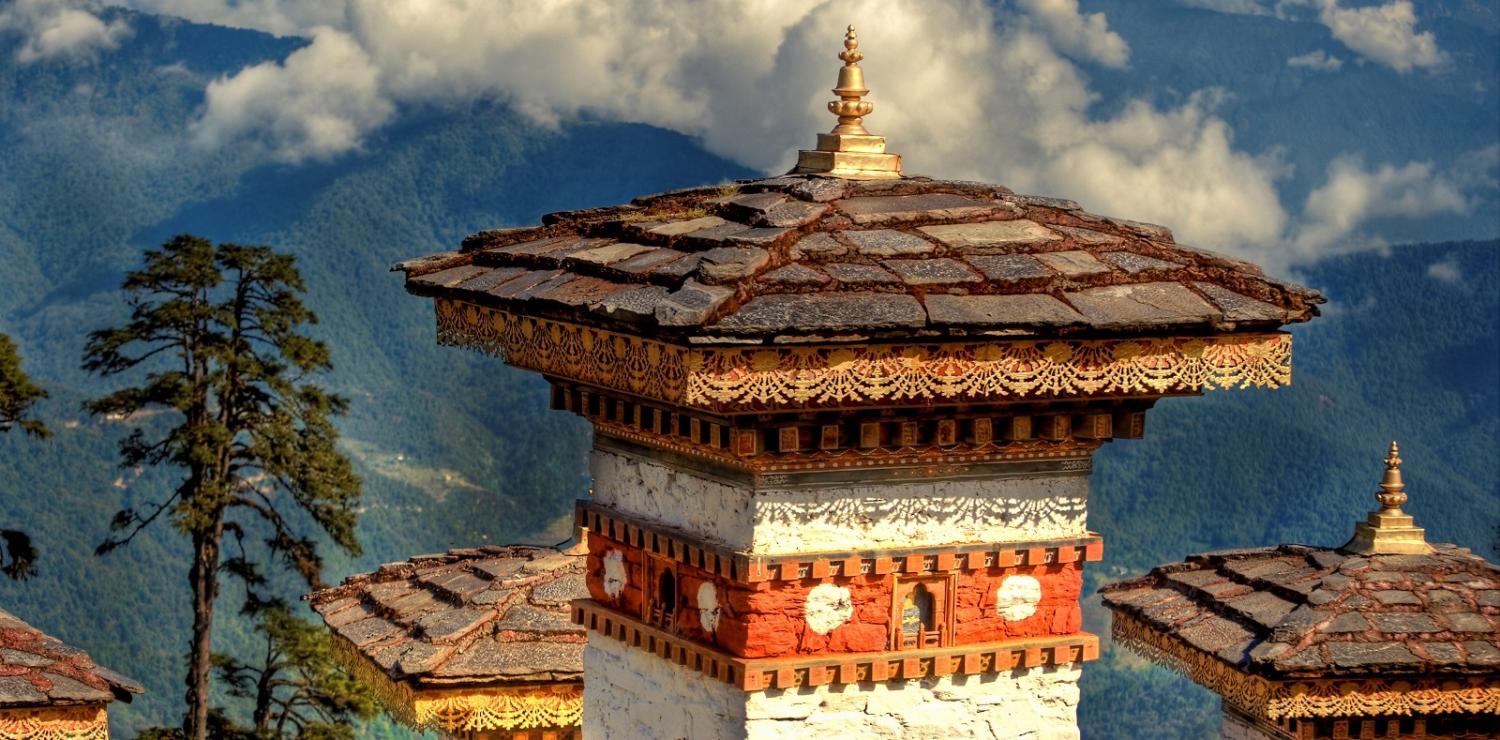Spare a thought for poor Bhutan. The small landlocked kingdom best known for Gross Domestic Happiness and its extremely photogenic royal family has spent a rough few months as the theatre of competition between China and India.
In June, Chinese crews began extending a road in the Doklam plateau just north of where the borders of China, India and Bhutan meet. Bhutan asked the road crews to cease, Indian forces deployed to support Bhutan and the situation quickly escalated into a stand-off between China and India. China claimed its road was inside Chinese territory. India is sensitive about construction close to the Siliguri corridor that connects its northeast states with the rest of the country.
On 28 August, China and India agreed to pull troops back from Doklam and dial down the situation. Rory Medcalf has argued that India won this round by standing up successfully to Chinese coercion. Others suggest China has not been deterred but temporarily retreated to avoid having the border dispute overshadow its hosting of the BRICS Summit in Xiamen. Prime Minister Modi and President Xi made conciliatory noises at BRICS. However, China has left the door wide open for a resumption of road construction, pending weather and other vague references to ‘the situation on the ground’.
Discussions about who won or lost mostly leave Bhutan out of the equation. Throughout the whole affair, Bhutan has been conspicuously silent as two great powers spoke on its behalf. On 5 July, China’s Foreign Ministry claimed that Bhutan accepted Doklam as Chinese territory and therefore India had no grounds to intervene. It was then left to India to refute that claim. Bhutan’s initial statement on the matter, on 29 June, was unclear about whether it had actually sought India’s intervention at Doklam. Its August statement welcoming the de-escalation of tensions was a two-line appeal for a return to the status quo.
One could argue that Bhutan’s behaviour was deft, pragmatic diplomacy and about as much as it could muster from its much weaker position. India has been Bhutan’s historical ally, key trade partner and security guarantor for more than six decades. A treaty update in 2007 removed a requirement for Bhutan to seek India’s guidance on foreign policy. But Bhutan continues to be concerned about India’s leverage over its economy and external affairs.
China has tapped into this anxiety to woo Bhutan as a diplomatic partner. The financial inducements are not bad either. China has reportedly offered a $10 billion assistance package of grants, direct investment and low interest loans. To put this in perspective, Bhutan’s GDP in 2016 was around $2.2 billion.
Understandably, Bhutan wants to avoid antagonising either side. However, existing border arrangement and the status quo are unsustainable if construction activities change the facts on the ground. Just look at China’s ‘salami-slicing’ in the South China Sea. Thimphu’s strategy of disciplined silence while incrementally losing territory runs the risk of vacating Bhutan from the negotiating table. Hardly anyone is talking about Bhutan’s interests in Doklam. And why would they if the Bhutanese themselves stay mute?
China and India have used the latest crisis to portray themselves as Bhutan’s benevolent patron and each other as bullies. These narratives, which have gone unchallenged by Bhutan, have only served to escalate the dispute and fuel nationalist sentiments in China and India.
With the situation now calmer, Bhutan has an opportunity to speak up for its own interests and assert that its sovereignty is no more negotiable than China’s or India’s. This could help put Bhutan on a firmer footing for boundary talks with China (held annually since 1984) and at the same time assuage India’s fears that it will trade off Doklam (as China had proposed during the 1996 talks). In short, Bhutan could adopt more of the hedging behaviour used by other small countries who find themselves in the middle of great-power competition.
Bhutan could also help to improve transparency about what is happening on the ground. If Bhutan had a greater say in construction activities in disputed areas, for example, this could help to avert possible miscalculation between its more powerful neighbours.
Bhutan’s leadership will also need to neutralise internal pressure to choose between the India and China camps ahead of elections next year. Resentment still lingers over claims that India swung the last election to punish the former government for moving closer to Beijing. A 2018 election divided along China versus India lines will only encourage those countries to cultivate particular constituencies and exert the kind of political influence that could wedge Bhutan.
Future flashpoints in the border regions are almost inevitable as China and India continue to rise and project their power. It bears reminding though that this game has three players, not two, and Bhutan may need to start making some moves or risk being pushed off the board.
